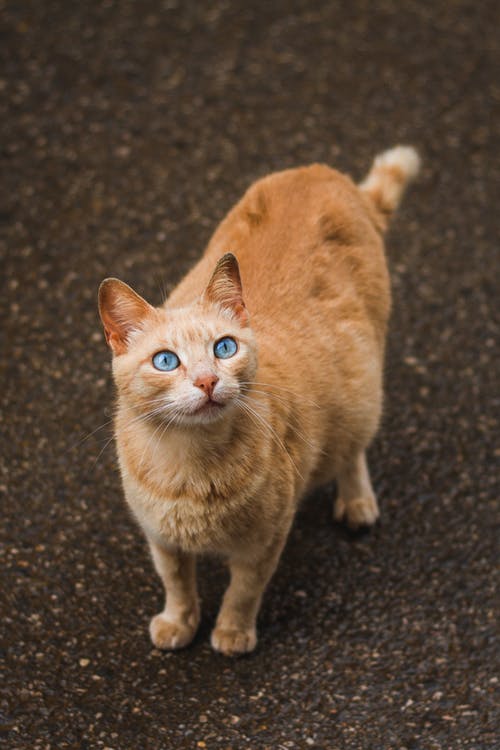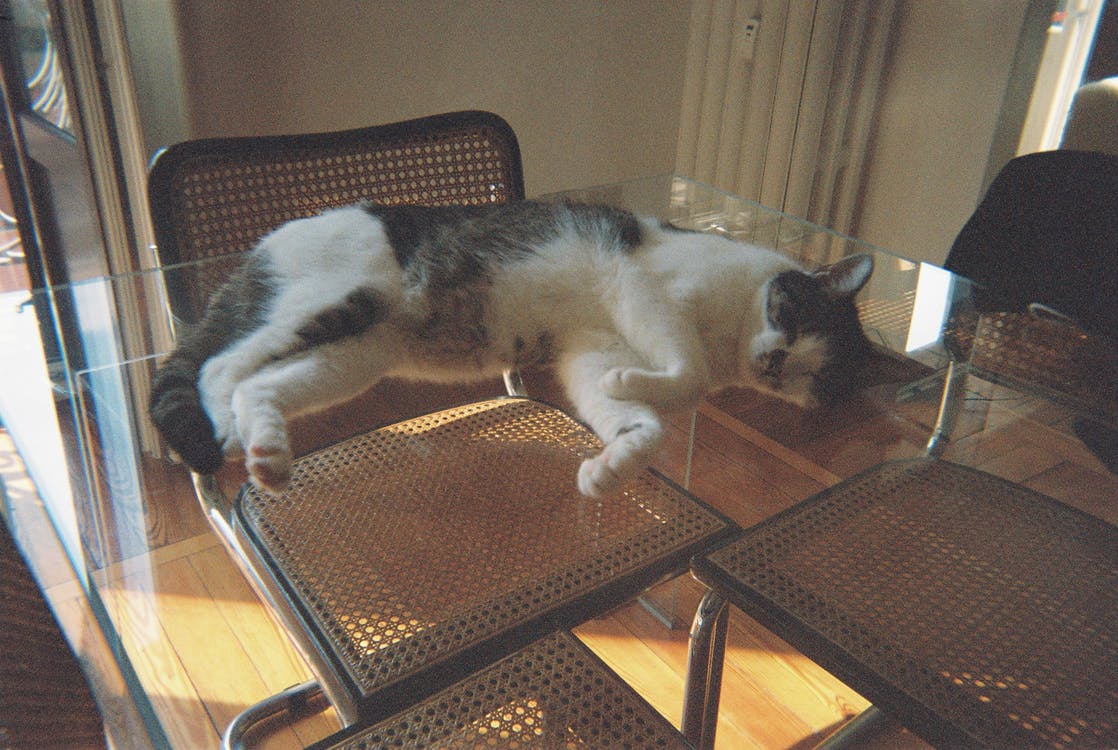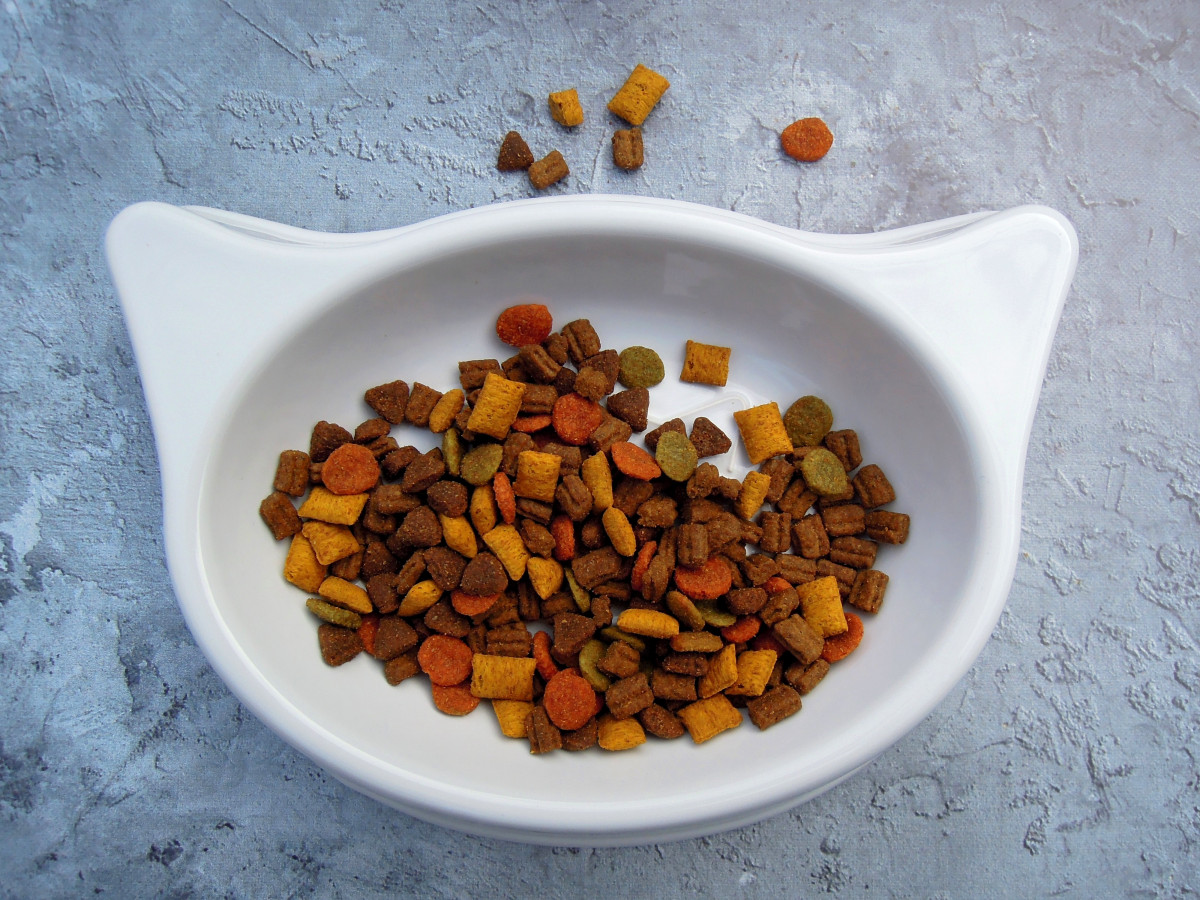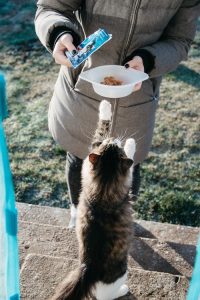
How to Feed Pregnant Cats
Just like the diet of a kitten, an older cat or a neutered cat, the diet of a pregnant cat is crucial to her health. It must be adapted to her condition so the cat can bear the birth and the kittens develop correctly.
Feeding a pregnant cat: characteristics
The proper diet for a pregnant cat is the condition for a healthy litter of kittens. This stage in the life of a female cat should be considered with the utmost care, and it is up to the owner to monitor her diet. To better understand the needs of the pregnant cat, here are the main characteristics:
– The average gestation period for a female cat is 66 days.
– Unlike the bitch, the cat gains weight from the first days of her gestation.
– Until about the 40th day, she stores reserves that will be used for whelping and lactation.
– The weight she gains afterwards until the birth corresponds to the growth of the kittens in utero.
Energy, mineral and vitamin requirements of the cat
The diet of the pregnant cat has particular nutritional needs, both for her and the kittens’ good health. For that, it must contain
– more fat than the current food;
– a high level of taurine (an amino acid that the cat produces little) (at least 0.1% in the kibble and 0.25% in the mash);
– low acid content.
Feeding a pregnant cat

Feeding a pregnant cat cannot be improvised. Good control of the quality of her food, the quantities and the evolution of her pregnancy are the guarantees of a healthy cat and a healthy litter. Here are the essential tips to know:
– It is recommended to increase the cat’s food intake by about 10% each week during the first 8 weeks. Thus, the food ration of the cat at the end of gestation will have reached the +30% compared to her usual ration.
– It is, however, necessary to ensure that the she-cat does not gain too much weight: if she becomes too big, that could pose a problem at the time of birth.
– It is therefore important to have the cat followed by a veterinarian so that he:
- o control the weight gain;
- o check that the kittens are developing properly.
– To avoid nutritional errors and to give the cat energetic food without it representing a too big volume, it is advised to give specialized kibbles to pregnant females.
– Finally, the recommended daily amount of kibble is:
- o until the 5th week: 70 to 90 g;
- o from the 6th to the 9th week: 90 to 110 g.
Feeding a lactating cat

In general, after the delivery, the she-cat presents an overweight of 20 % compared to her average weight.
– During lactation, the cat produces between 1.5 and 2 times her weight in milk, which is particularly rich in proteins and fats.
These are essentially fat reserves that will be used during lactation: – The energy expenditure during lactation is much higher than during gestation. It is 2 to 3 times higher than that of a non-pregnant adult cat.
– Finally, a nursing cat must drink a lot. Make sure that a bowl of fresh water is always available to her.
In terms of quantity, we recommend giving 120 to 190 g of unique kibble for lactating cats. However, it is possible to leave the kibble in self-service: the cat will then be able to feed at will.
Note: kibbles for pregnant and lactating cats can be, depending on the brand, the same as kibbles for kittens.






3 thoughts on “How to Feed Pregnant Cats”